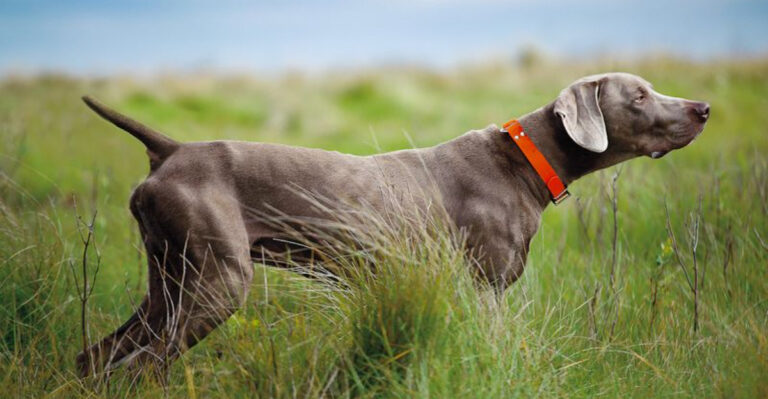Is It Legal To Bury Your Pet In Your Backyard? Here’s What These 15 States Say
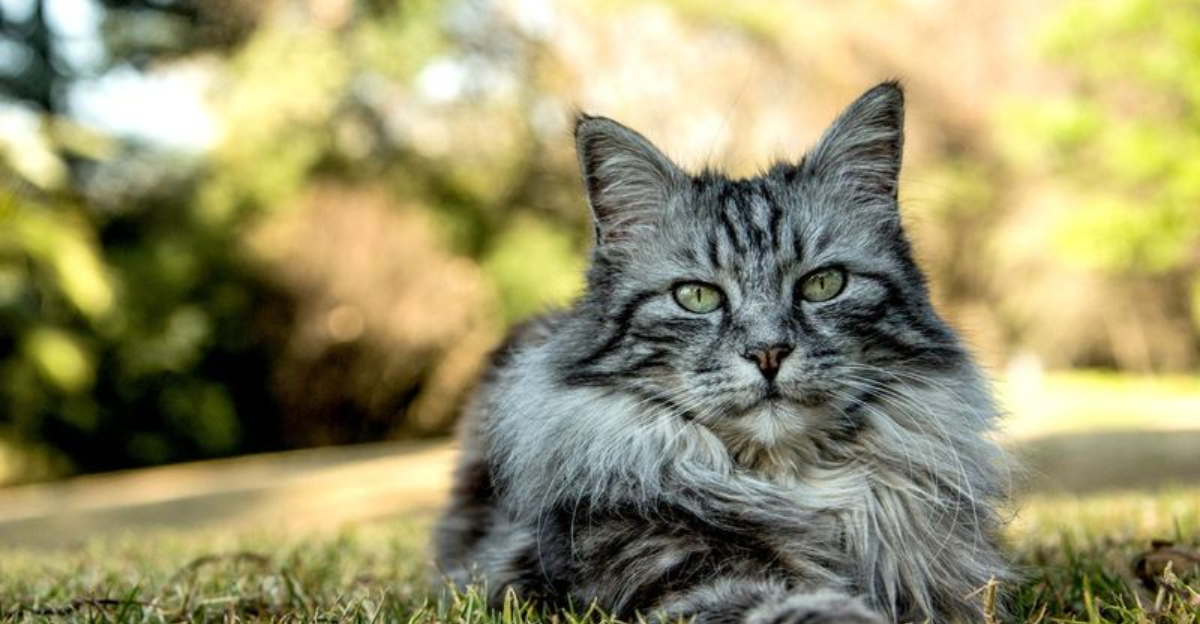
Losing a furry friend hits hard, and many pet owners want to keep their companions close by burying them at home. But before you grab the shovel, you should know that backyard pet burials aren’t always legal.
The rules vary widely from state to state, with some allowing the practice and others strictly forbidding it.
1. California’s Compassionate Approach

Golden State residents can generally bury pets on their property without major restrictions. You’ll need to dig at least three feet deep to prevent wildlife from disturbing the grave.
Local ordinances may add extra rules, especially in urban areas where water contamination is a concern. Always check with your county health department first.
2. New York’s Surprising Restrictions

Despite its progressive reputation, New York has strict rules about home pet burials. In NYC and many urban areas, backyard burials are completely prohibited due to population density and health concerns.
Rural areas have more flexibility, but you must bury at least 3 feet deep and away from water sources. Always contact local officials before proceeding.
3. Texas Gives Pet Owners Freedom

Everything’s bigger in Texas – including pet burial rights! The Lone Star State generally permits backyard pet burials on private property, with minimal state-level restrictions.
Just ensure you’re not near water sources and check municipal codes first. Rural property owners face almost no limitations, making Texas one of the most permissive states.
4. Florida’s Water-Conscious Rules
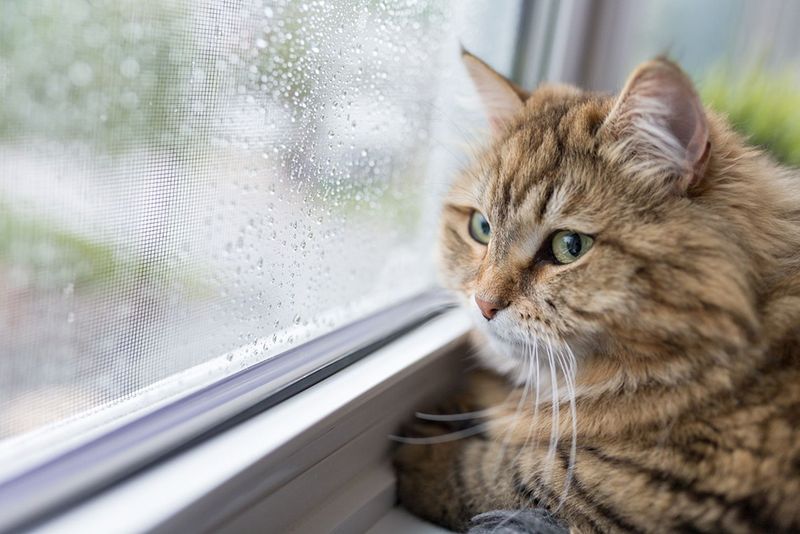
The Sunshine State’s high water table complicates pet burials. Many coastal and southern regions prohibit backyard burials entirely due to flooding risks and environmental concerns.
Northern Florida residents have more options but must bury pets at least 4 feet deep and 100 feet from any water source. The humid climate makes decomposition issues a real consideration.
5. Michigan’s Seasonal Considerations

Winter makes backyard burials challenging in Michigan. Frozen ground from November through March can make digging nearly impossible without special equipment.
When the ground thaws, Michigan allows pet burials with reasonable precautions. Keep graves away from water sources and check local ordinances, as some lakefront communities have stricter rules to protect water quality.
6. Colorado’s Elevation Matters

Mountain communities in Colorado face unique challenges for pet burials. Higher elevations with rocky soil make digging difficult, and wildlife can be attracted to burial sites.
State law permits backyard burials, but environmental considerations are crucial. Denver and other urban areas may have local restrictions, so always verify with city officials before proceeding with your plans.
7. Washington State’s Environmental Focus
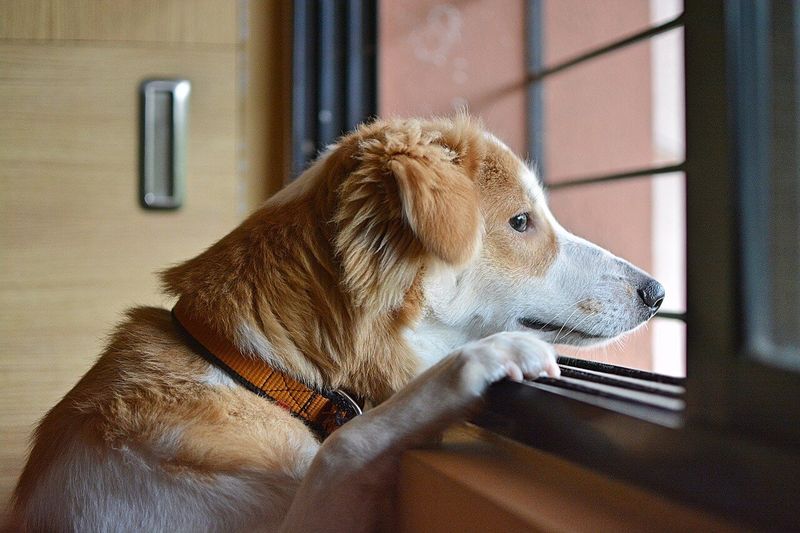
Rainy Washington takes groundwater protection seriously. Pet burials are permitted, but with strict depth requirements to prevent contamination of the abundant water sources.
Seattle and other urban areas have additional restrictions. Rural property owners enjoy more freedom but must still ensure graves are at least 100 feet from wells and streams to protect the ecosystem.
8. Arizona’s Desert Dilemma

Hard, rocky desert soil creates practical challenges for Arizona pet owners. While legally permitted, digging a proper grave often requires specialized tools.
The dry climate means slower decomposition, but fewer concerns about water contamination. Urban areas like Phoenix have their own regulations, sometimes requiring notification to authorities before burial takes place.
9. Pennsylvania’s Property Size Requirements

The Keystone State links burial rights to property size. Homes with less than half an acre face restrictions or outright prohibitions in many municipalities.
Rural Pennsylvania residents enjoy more freedom. Regardless of location, graves must be at least 2 feet deep and away from water sources. Philadelphia and Pittsburgh have the strictest regulations due to urban density.
10. Illinois’ Urban-Rural Divide
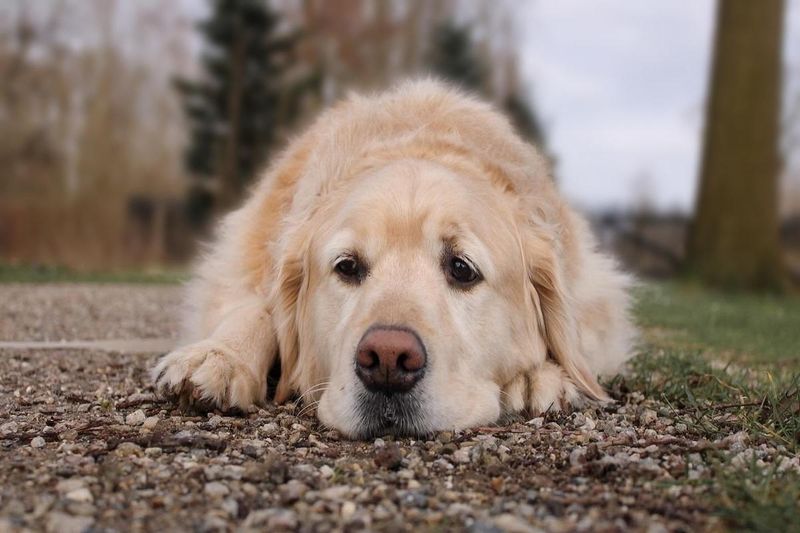
Chicago strictly prohibits backyard pet burials, period. The ban extends to most densely populated areas throughout Illinois, creating a sharp urban-rural divide in burial rights.
Rural Illinois residents can generally bury pets on private property with minimal restrictions. The flat prairie landscape makes digging easier, but proper depth is still required to prevent wildlife disturbance.
11. Oregon’s Progressive Approach

Environmentally-conscious Oregon allows pet burials with careful consideration for watershed protection. Portland requires notification to authorities, but generally permits the practice.
Rural areas have fewer restrictions. The state’s commitment to green practices has led to innovative alternatives like biodegradable caskets becoming popular among pet owners concerned about environmental impact.
12. Massachusetts’ Historical Perspective

Some of America’s oldest pet cemeteries are in Massachusetts, reflecting centuries of evolving attitudes. Today, rural areas generally permit backyard burials, while Boston and other cities have restrictions.
Historical properties may face additional limitations if they’re in conservation areas. The state’s rocky soil and harsh winters create practical challenges, even where legally permitted.
13. Georgia’s Southern Hospitality Extends To Pets
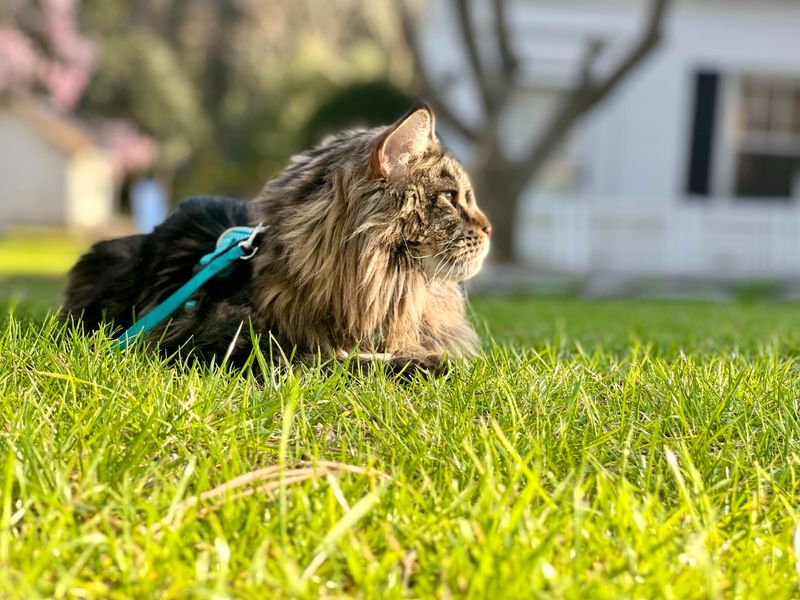
Georgia generally allows pet owners to bury animals on their property with minimal restrictions. Atlanta and other urban areas may have local ordinances, but they’re typically less strict than northern cities.
The red clay soil presents digging challenges, but warm weather aids decomposition. Keep graves at least 3 feet deep and away from water sources to comply with environmental protections.
14. New Jersey’s Space Constraints
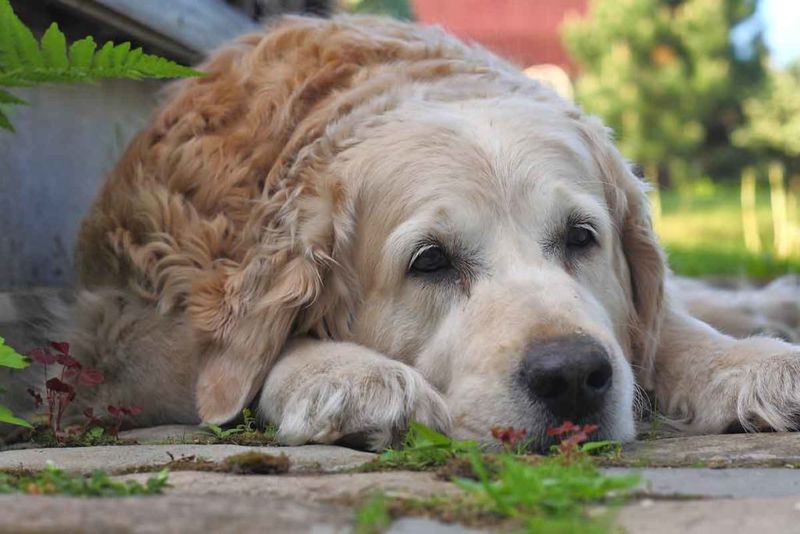
America’s most densely populated state naturally has strict pet burial rules. Many municipalities completely prohibit the practice, especially in northern urban areas.
Shore communities have additional restrictions related to water protection. Even where permitted, property must usually exceed one acre, and burial locations must be recorded with local authorities in case of future property transfers.
15. Ohio’s Balanced Regulations

The Buckeye State takes a middle-ground approach to pet burials. Urban areas have restrictions, while rural regions permit the practice with reasonable precautions.
Cleveland and Cincinnati have specific ordinances worth checking. Regardless of location, graves should be at least 3 feet deep and away from water sources. Ohio’s variable weather means timing considerations are important.



